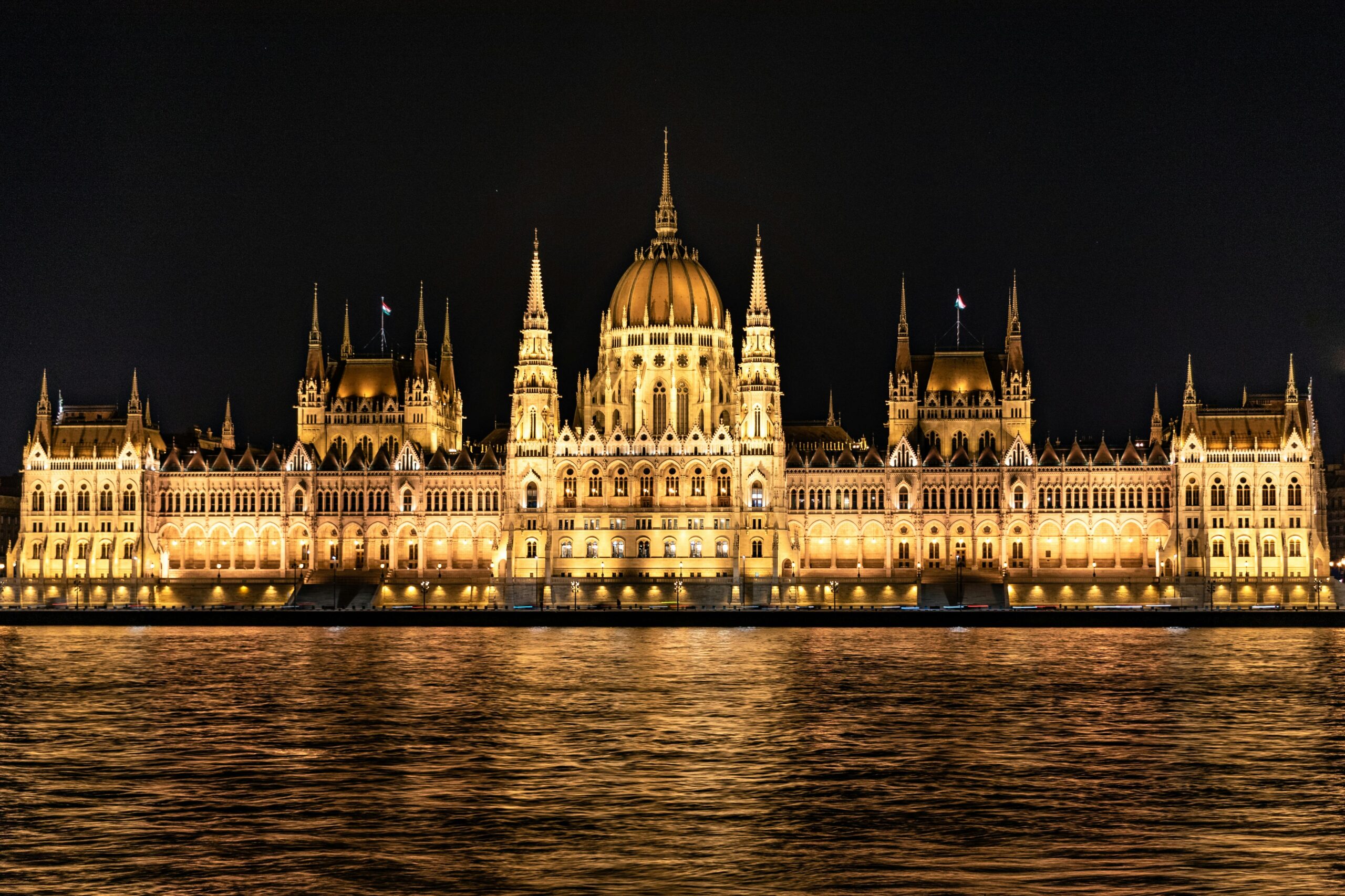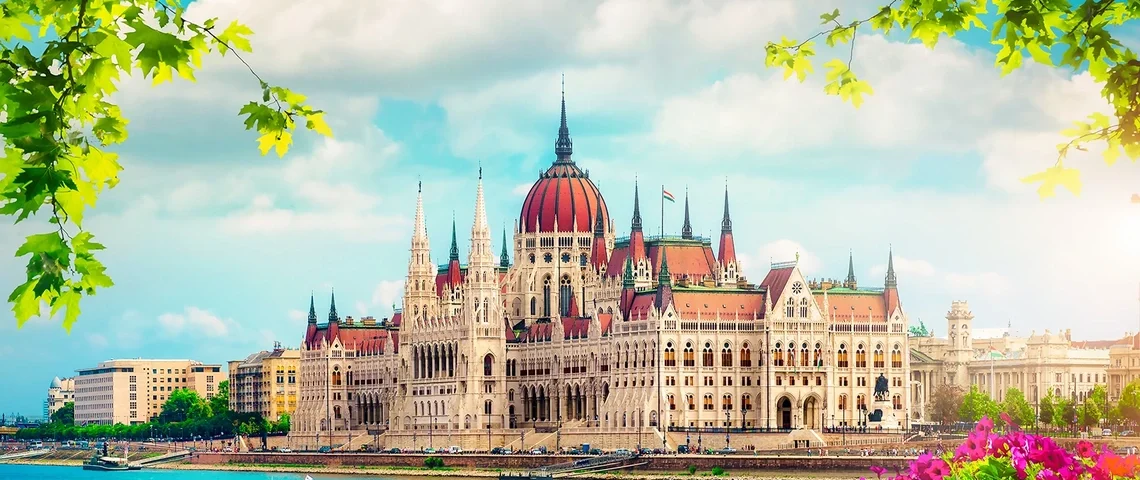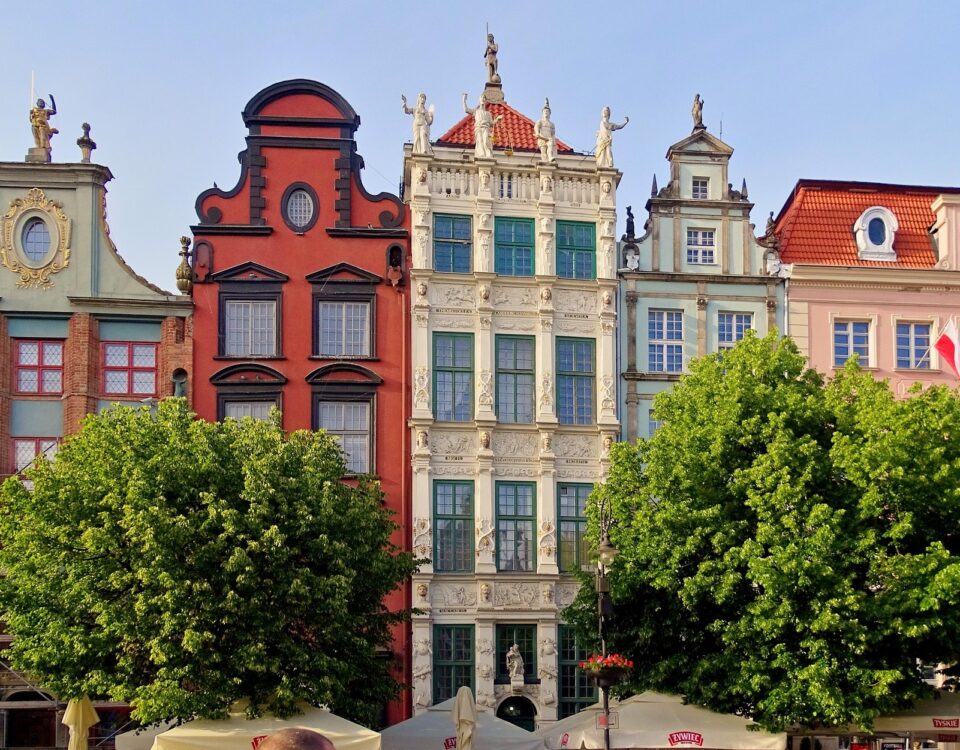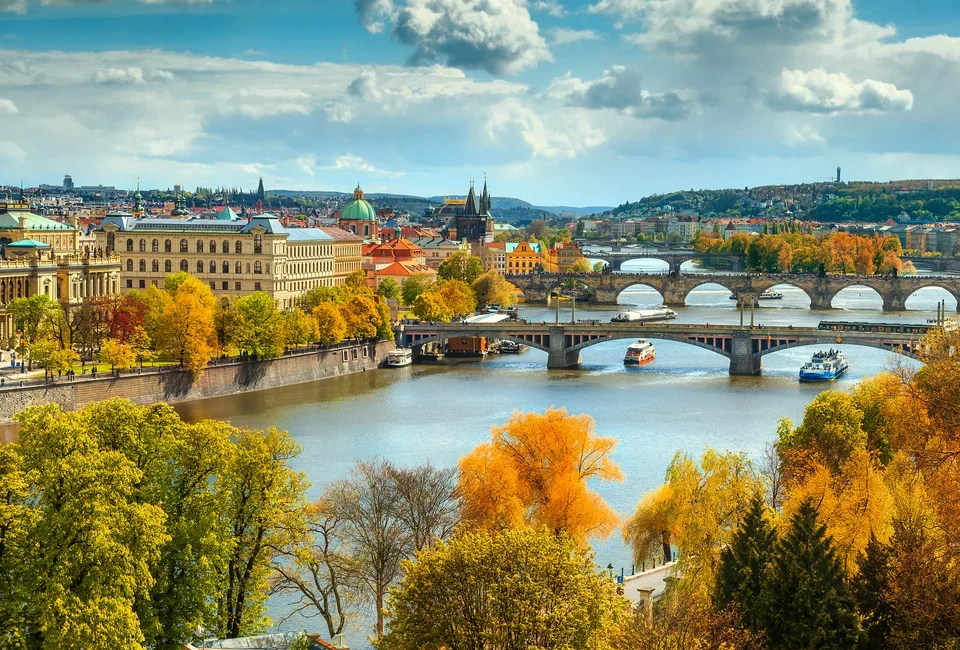
Best Time to Visit Czech Republic: When to Go for Weather, Festivals & Budget Travel
2025-11-13
Best Time to Visit Poland: A Complete Guide to History, Nature, and Culture
2025-11-16Introduction
When planning a European getaway, the question often arises: what is the Best Time to Visit Hungary? Hungary offers a remarkable mix of culture, history, landscapes, and festivals, but the timing of your trip can significantly affect your experience. From the spa-towns of Budapest to the vineyards of Tokaj, knowing when to go makes all the difference

Why Timing Matters
The Best Time to Visit Hungary depends on several factors: weather conditions, crowds, festival calendars, accommodation prices, and personal preferences. Choosing spring or autumn often means milder weather, fewer tourists, and better deals, whereas summer is ideal for festivals, but comes at a premium. Winter holds its own charm, especially for spa retreats and Christmas market
Comprehensive Guide to Weather, Festivals & Travel Costs
Hungary, located in Central Europe, is a country where every season paints a different picture — from spring blossoms along the Danube River to summer festivals in Budapest, golden autumn vineyards in Tokaj, and cozy winter thermal baths. Knowing the best time to visit Hungary depends on your travel goals — culture, relaxation, photography, or budget.
Climate and Weather Patterns
Hungary features a continental climate, with distinct seasons: warm to hot summers, cold winters, and transitional spring and autumn phases. According to climate guides:
-
Average summer temps: 25–30 °C, sometimes reaching 32–35 °C.
-
Average winter temps: around -2 to 5 °C, and some days dip below freezing.
-
Rainfall peaks in late spring and early summer; autumn tends to be drier and golden.
These patterns mean that the Best Time to Visit Hungary for each traveler segment may differ.
Month-by-Month Guide:
January:
January is the coldest month. With average temps around –2 °C to 3 °C, snow is possible, especially in northern regions. It’s low season for tourism, meaning fewer crowds and lower prices. It’s the Best Time to Visit Hungary for budget travelers who don’t mind the chill.
Key activities: thermal baths (e.g., Széchenyi, Gellért), cozy cafés, winter walks in Castle District.
February
Still winter but slightly milder. Temps hover around 0–5 °C. Cultural events include the Busójárás carnival in Mohács in February, adding vibrant local flavor. Low tourist numbers mean short queues and good hotel deals—another strong contender for off-peak Best Time to Visit Hungary
March
Spring begins. Temps rise to around 8–12 °C; nature starts waking up. Museums, indoor attractions become more comfortable as the daylight increases. With fewer crowds, March is a great start for those looking for a quieter Best Time to Visit Hungary experience.
April
Temperatures climb to 15–18 °C; parks and gardens bloom. The Budapest Spring Festival draws cultural tourists with music, theater and art. With moderate weather and festival atmosphere, April is one of the top months for Best Time to Visit Hungary
May
With temps around 20–24 °C and rising daylight hours, May is often cited as the ideal time. Nature is lush, outdoor cafés open up, and prices remain below summer peaks—maybe the single best month for the Best Time to Visit Hungary.
June
Summer kicks off. Temps reach 25–28 °C. Festival season begins in earnest. Outdoor activities flourish. June is excellent — if you are looking for vibrant culture, this is the Best Time to Visit Hungary for you.
July
Peak summer month. Temps often exceed 30 °C. The Balaton Sound festival by Lake Balaton kicks off, and there’s no shortage of beach or lakeside fun. But the crowds and prices peak — essential to plan ahead if you pick this Best Time to Visit Hungary slot.
August
Hot, vibrant, festival-filled. The legendary Sziget Festival (one of Europe’s largest) occurs in early August in Budapest. Temps: 30–32 °C. For party-goers and music lovers, this is a top pick for Best Time to Visit Hungary—but expect premium pricing.
September
Cooler, calm, and picturesque. Temps drop to around 20–22 °C. Wine harvests are in full swing in Tokaj and Villány. Crowds thin out—making it a prime candidate for the Best Time to Visit Hungary if you want relaxed sightseeing and culture.
October
Autumn colors dominate landscapes; temps around 15–18 °C; ideal for photography and countryside drives. Festivals continue. October is arguably one of the most balanced months for the Best Time to Visit Hungary.
November
Temperatures dip into 8–10 °C; daylight shrinks; tourism low. Great deals on hotels and quiet streets. If you’re okay with chillier weather, November offers excellent value—another off-peak slot for the Best Time to Visit Hungary.
December
Cold but magical. Temps often between –1 and 5 °C. The Christmas markets, lights, and spa visits make December a wonderfully festive option for the Best Time to Visit Hungary—especially for couples and families

Sightseeing & Activities by Season
Spring (March–May): Mild Weather and Blossoms
Spring is one of the Best Times to Visit Hungary for sightseeing and budget-friendly travel. Average temperatures range from 10°C to 20°C, and nature awakens with colorful blooms along the Danube
Top spring festivals:
-
Budapest Spring Festival (April): A celebration of classical music, theatre, and art.
-
Budapest100 (May): An architectural open-house weekend across the city.
Advantages:
-
Fewer tourists compared to summer.
-
Hotel prices 20–30% lower.
-
Perfect for sightseeing and river cruises
Summer (June–August): Festivals and Lake Balaton
Summer marks the high season — warm days (25–32°C) and countless events. If you enjoy energy, nightlife, and open-air concerts, this is the Best Time to Visit Hungary for you
Major festivals:
-
Sziget Festival (August): One of Europe’s largest music festivals, attracting over 500,000 visitors.
-
Balaton Sound Festival (July): Held near Lake Balaton, combining music and beach fun.
Tips:
-
Book accommodations early.
-
Visit landmarks like Buda Castle or Parliament early in the morning to avoid crowds.
-
Lake Balaton is a perfect summer escape for swimming and sailing
Autumn in Hungary (September – November)
Autumn is often called the golden season in Hungary. The weather stays pleasant (15–20°C), and tourist numbers drop sharply.
Highlights:
-
Wine Harvest Festivals (Tokaj & Villány): Experience grape picking and local wine tasting.
-
Cultural Season in Budapest: Theatres, concerts, and exhibitions reopen after summer.
Advantages:
-
25–30% cheaper than summer.
-
Perfect for photographers and cultural explorers
Winter (December–February): Thermal Baths and Christmas Magic
For cozy travelers, winter might be the Best Time to Visit Hungary. With temperatures from -2°C to 5°C, cities like Budapest transform into fairy-tale scenes with snow, lights, and hot spas
Must-do:
-
Budapest Christmas Market: One of Europe’s best, held in Vörösmarty Square and Basilica.
-
Thermal Baths: Széchenyi and Gellért Baths offer perfect relaxation in the cold.
-
Skiing: Bánkút and Kékestető in northern Hungary.
Budget note:
Hotel prices drop by 40% after New Year, making January and February ideal for budget travelers
Festivals & Major Events
One of the strongest reasons to choose your travel time carefully is the event calendar. Here are some highlights that affect your pick for the Best Time to Visit Hungary:
-
Sziget Festival (August, Budapest) – week-long, over 1,000 performances. Wikipedia
-
Balaton Sound (July, Lake Balaton) – major electronic/hip-hop festival. Wikipedia
-
Budapest Spring Festival (April) – classical, jazz, arts. Guide to Europe+1
-
Wine Harvest Festivals (September/October) – Tokaj, Villány regions. Holidify+1
-
Busójárás Carnival (February, Mohács) – unique folk tradition
10 Incredible Eastern European Festivals You Can’t Miss
Travel Costs & Budgeting
When choosing the Best Time to Visit Hungary, cost is a major factor. According to multiple sources:
-
Shoulder seasons (April–May and September–October) allow hotel rates to be roughly 20–30% lower than summer. Holidify+1
-
Winter (especially January–February) offers lowest prices with savings up to 40% compared to peak. Travel Dojo+1
-
Summer carries the highest costs due to demand, festival pricing, and peak tourist influx.
Breakdown example:
| Season | Typical Hotel Price* | Typical Flight Price* | Crowd Level |
|————–|————————|————————|——————-|
| Winter | Low (-30% from peak) | Low | Low/Moderate |
| Spring | Moderate (-20%) | Moderate | Medium |
| Summer | High (+40%) | High | Very High |
| Autumn | Moderate (-25%) | Moderate | Low/Medium |
*Approximate comparisons relative to summer peak.
Choosing the Right Time Based on Your Travel Style
For Culture & Festivals
If you’re drawn to arts, music, and energetic nightlife, the Best Time to Visit Hungary is June to August.
For Nature, Photography & Relaxation
For mild weather, relaxed pacing, and fewer crowds, target April–May or September–October.
For Budget Travel
If you travel with cost in mind and don’t mind cooler weather, January–March or November are smart picks for the Best Time to Visit Hungary
Practical Travel Tips
-
Book early for peak season and major festivals.
-
Accommodation: Expect highest rates in July–August, and anticipate some price dips in shoulder seasons and winter.
-
Transport: Hungary’s train & bus network is solid; many towns are well connected.
-
Weather gear:
- Winter: heavy coat, gloves, hat.
- Spring/Autumn: layers, light jacket, umbrella for occasional showers.
- Summer: sunscreen, hat, breathable clothes.
-
Local holidays closures: Shops may close on national holidays (March 15, August 20, October 23)
Extra Info:
-
Currency: Hungarian Forint (HUF)
-
Safety Index: 78/100 (very safe)
-
Language: Hungarian (English widely spoken in cities)
-
Transport: 97% of towns connected by bus or train
Conclusion: When Is the Best Time to Visit Hungary?
Based on weather, prices, and events — the Best Time to Visit Hungary is April–May and September–October. These months balance mild temperatures (15°C–22°C), moderate prices, and fewer tourists.





